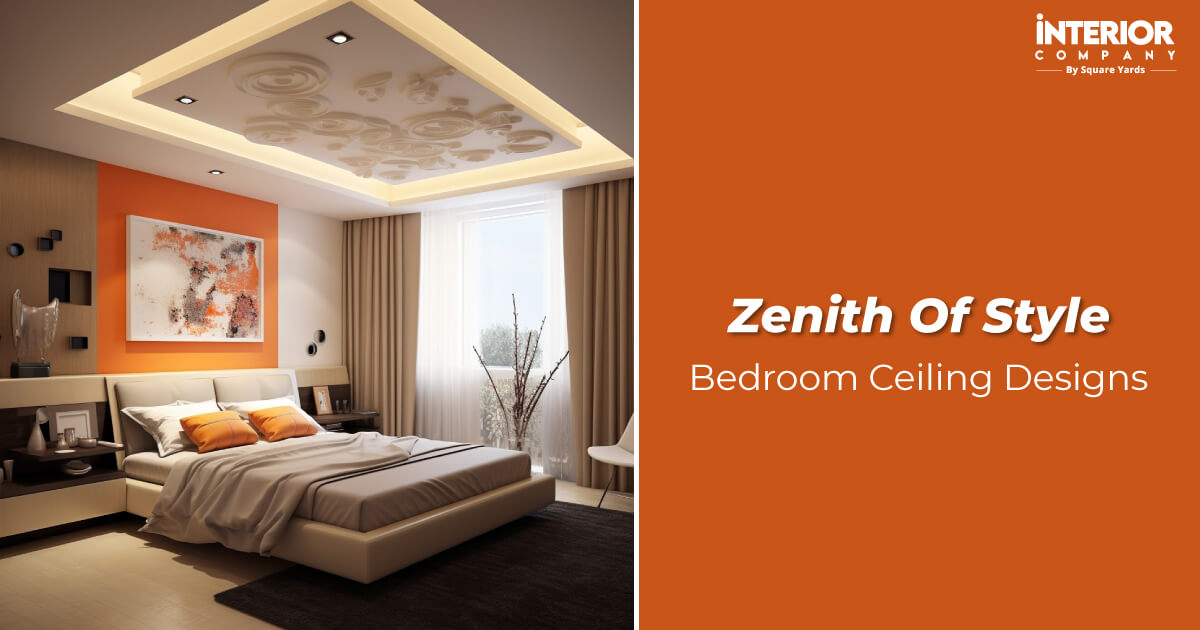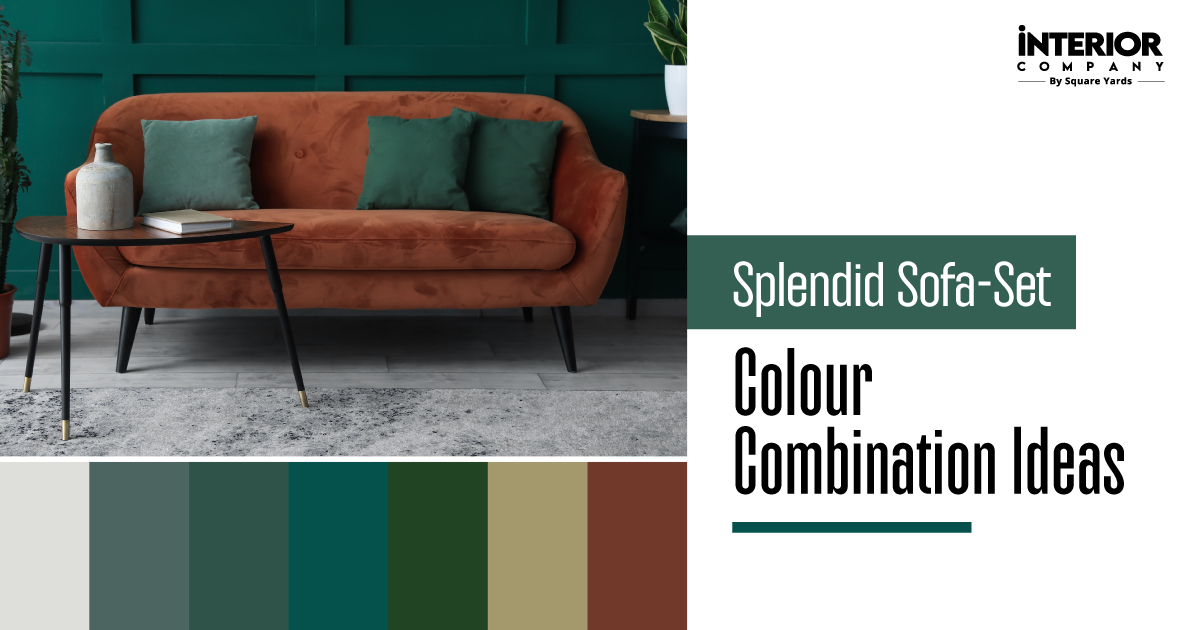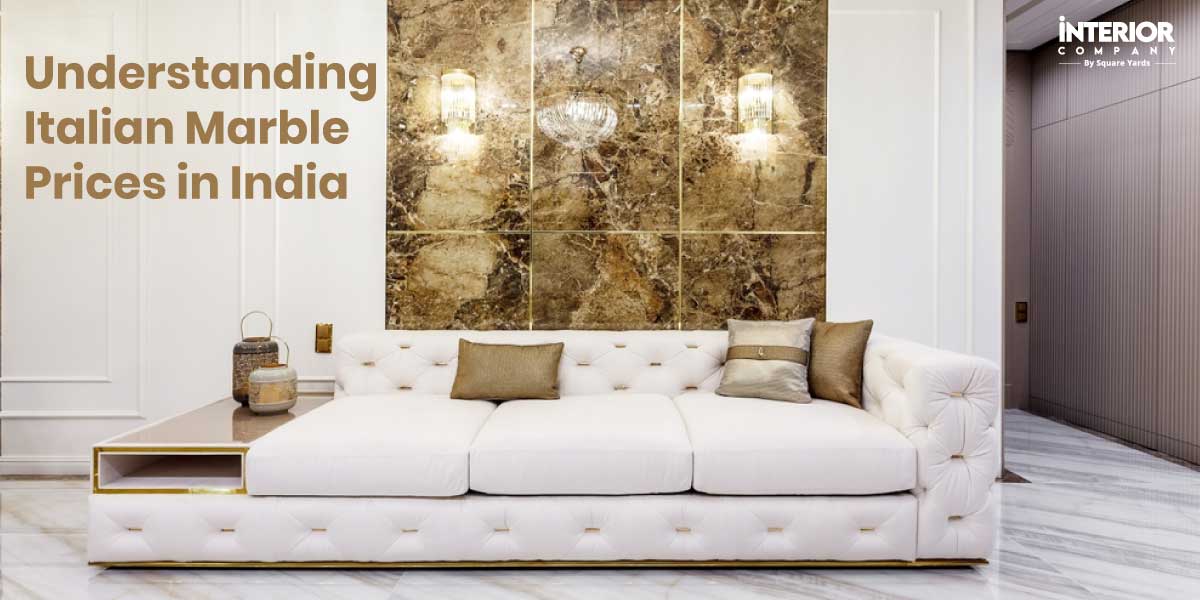- Home
- Trends
- Construction
- Materials
- Vdf Flooring
Heavy-Duty Flooring Solution: VDF Flooring
Commonly used for industrial purposes, vacuum dewatered flooring, also known as VDF flooring or tremix concrete flooring, is a construction technique used to lay strong heavy-duty floors that are used in spaces with heavy-duty work. A heavy and consistent finish with a smooth texture makes VDF flooring best for industrial and commercial purposes. Being a contemporary technique, VDF flooring has set its place in the industrial sector. From factories to warehouses to commercial parking lots, VDF flooring is now one of the most popular and commonly used in public spaces.
Table of Content
In this blog, we'll discuss what VDF flooring is and how it is used in modern engineering.
What is VDF flooring?
As the name suggests, VDF flooring is the technique of vacuum dewatering, which uses vacuum machines to remove excess water from freshly laid concrete. Pulling water from the concrete helps increase its density and strength while making it resistant to cracks and other types of damage.
VDF flooring typically involves pouring a concrete layer before using vacuum pumps to remove the excess water. It’s done in two ways: mechanically or by using automatic vacuum machines.
Need Of VDF Flooring?
VDF flooring is a comparatively modern innovation, found in the 20th century, to overcome the limitations that come with regular concrete flowering. Regular concrete flooring is used to experience high water content, leading to cracking, shrinkage, and lower strength. The industrial community needed a solution to this problem, and this led to the emergence of VDF flooring, which removed all water from the equation and created more powerful, sturdy flooring that could withstand the heavy-duty work and intense pressures of Industrial spaces.
Advantages of VDF Flooring
- Enhances Strength- The removal of excess water results in increased density of the cement which eventually enhances the strength of the floor making it highly resistant to wear and tear.
- Reduced Shrinkage or Cracking- Shrinkage happens due to the loss of water due to evaporation after the concrete becomes dry. This results in volume reduction. VDF flooring decreases the water-cement ratio making less water available for evaporation which reduces the chances of cracks in the floors.
- Faster Construction- By removing excess water, VDF flooring increases the speed at which a concrete slab dries and is ready to use.
- Improved Surface Finish- Due to the removal of excess water, a slab of whole concrete is created, which is smoother and more uniform than the floors made with traditional methods.
Disadvantages
- Cost- Using vacuum machines are costly and hence they impact the cost of the whole flooring significantly. That's why VDF flooring is usually used in industrial and commercial areas where the need for a heavy-duty flooring is necessary.
- Limited Design Options- This type of flooring was specifically made for industrial spaces where aesthetics are not a concern. Unlike tiles or hardwood flooring, VDF flooring doesn't have any dynamic design options.
- Complex Process- Vacuum Dewatering Flooring is a complex process that requires experts and trained professionals. If the process is not properly executed, it might lead to degradation in the quality of the floor, making it prone to temperature and weather changes.
- More Maintenance- VDF flooring requires more maintenance than traditional flooring, such as waxing and sealing at regular intervals.
Process Of VDF Flooring
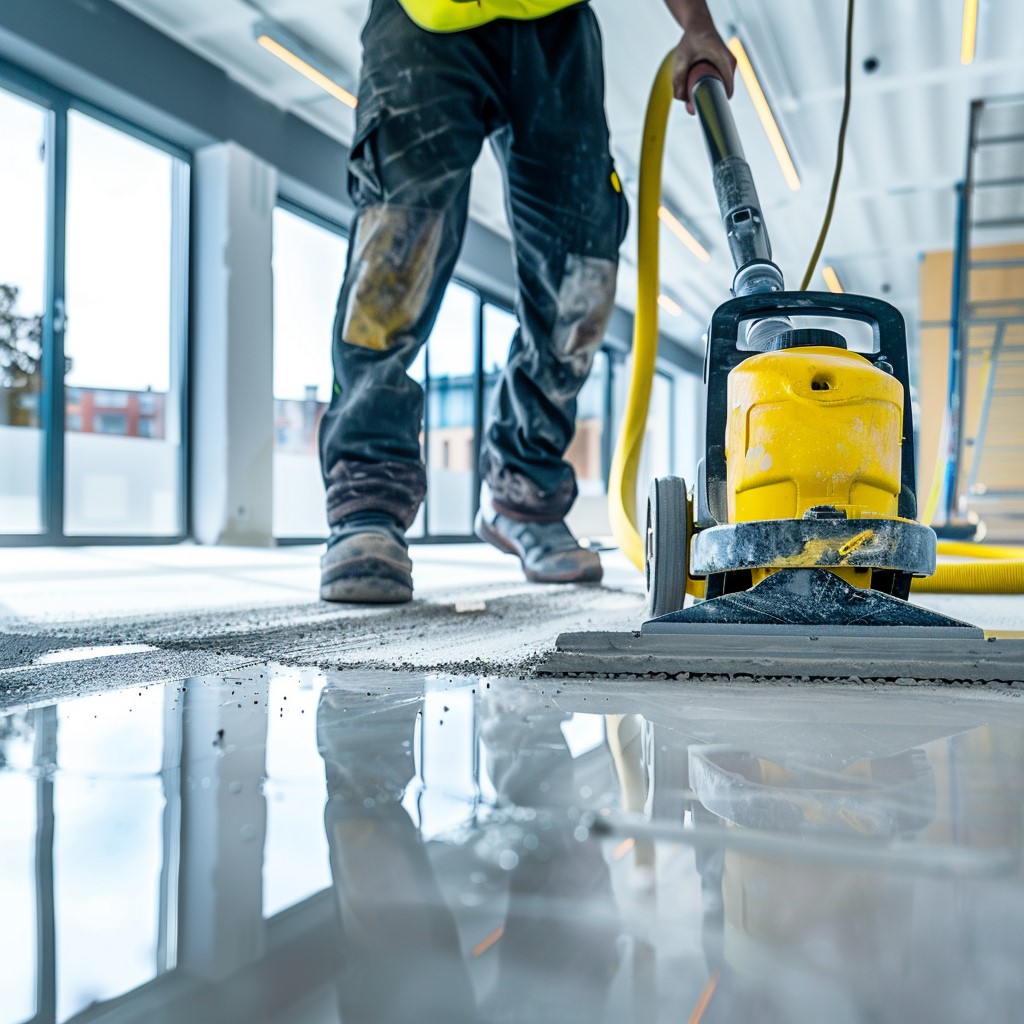
The process of VDF flooring requires many steps which are complex in nature and need trained workers and professionals vacuuming machines. It is also known as 'shake dry' floor hardener.
The steps are below-
- Laying down the concrete surface- A subsurface is laid down evenly on the floor to create an even foundation. Any debris needs to be removed to ensure no hassle moving forward in the process.
- Pouring Concrete- Concrete is poured on the sub-surface. The mix used for this type of flooring has a higher water-concrete ratio for even spreading.
- Vibrating the surface- The surface is covered with a vibrating screen to vibrate the surface ensuring that no air pocket remains during the process of vacuuming.
- Vacuuming- The surface is covered with filter mats or suction mats which are connected to vacuum pumps or machines. This process can be executed in two ways- by using vacuum pumps to remove the water or by automatic vacuuming machines, which are especially designed for VDF flooring.
- Curing- The surface is then covered with plastic sheets and curing compounds to retain the moisture and let the surface harden up to reach its desired durability and strength. It usually takes 7 days to be fully cured.
Applications
VDF flooring has many use cases, most of which are industrial, heavy-duty or commercial applications. Let’s see some of these-
Warehouses
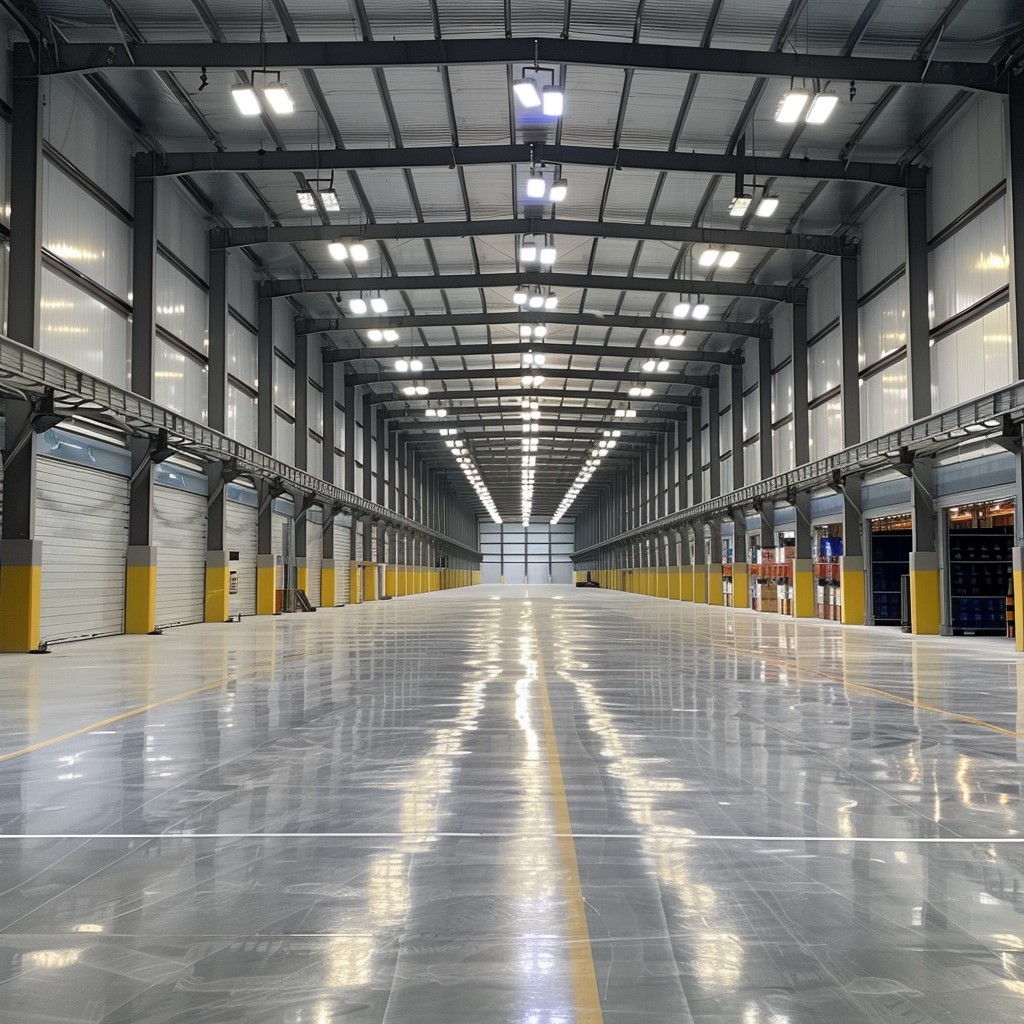
Warehouses experience heavy transportation loads along with humongous items stored there. Therefore, they are among the most popular consumers of VDF flooring. Warehouses are spaces that need flooring that is durable and compatible with heavy loads.
Factories
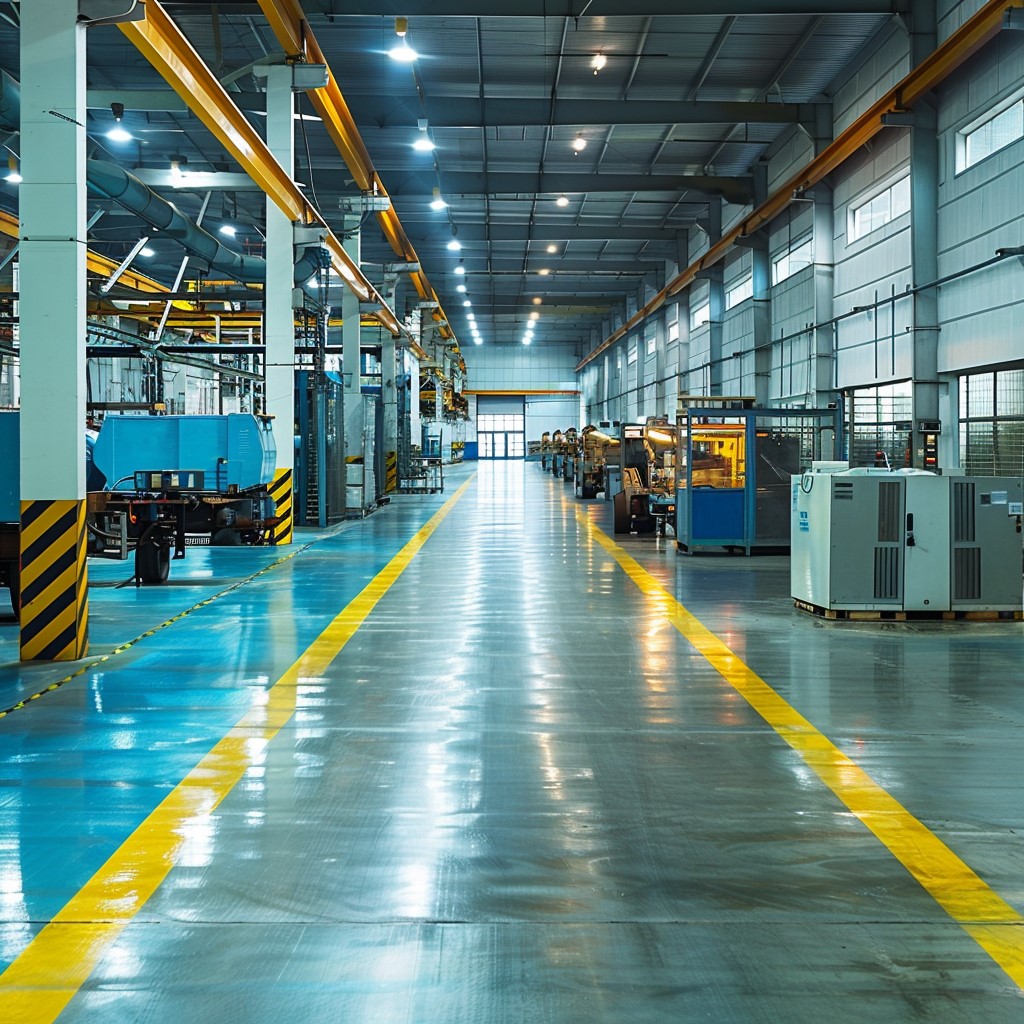
Heavy machinery transportation of heavy objects and continuous thumping and bumping make VDF flooring an unavoidable need for factories. The flooring of factories needs to be resistant to wear and tear and able to withstand the heavy loads of machine operations.
Parking Lots
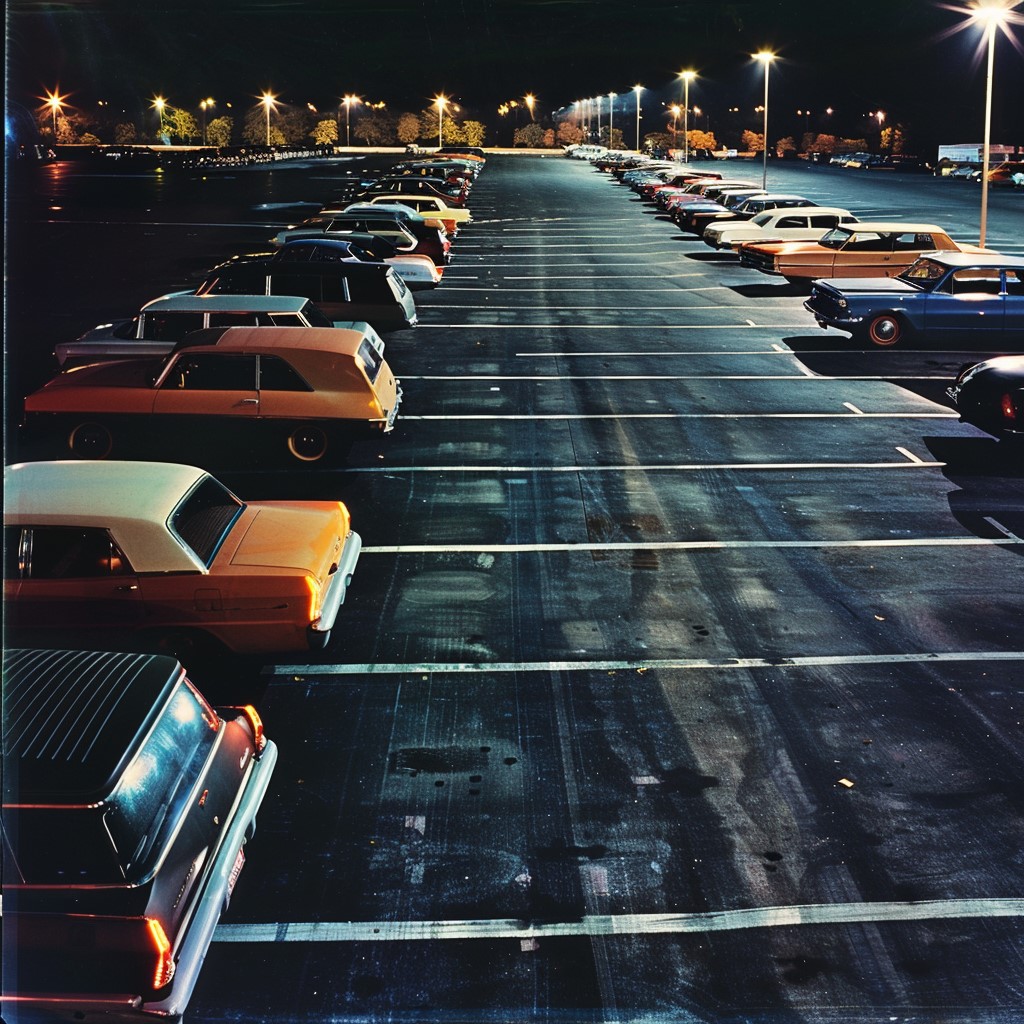
A continuous flow of heavy traffic and a large number of vehicles penetrating a small area could lead to cracks in the flooring, which might lead to accidents. Hence, durable flooring is needed, which VDF flooring provides.
Commercial Buildings
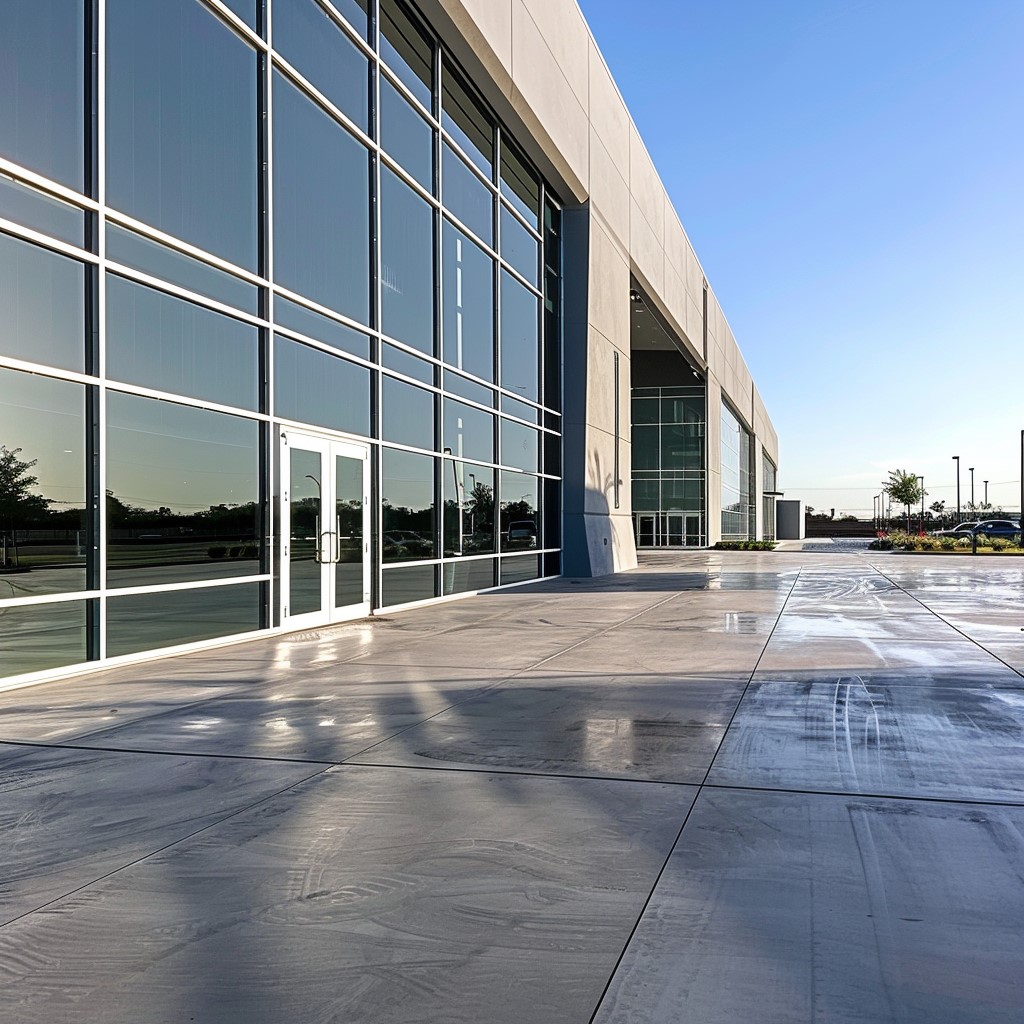
The exterior spaces of commercial buildings need to have flooring which is different from the public road to distinguish the space and are also resistant to wear and tear.
Hospitals and Laboratories
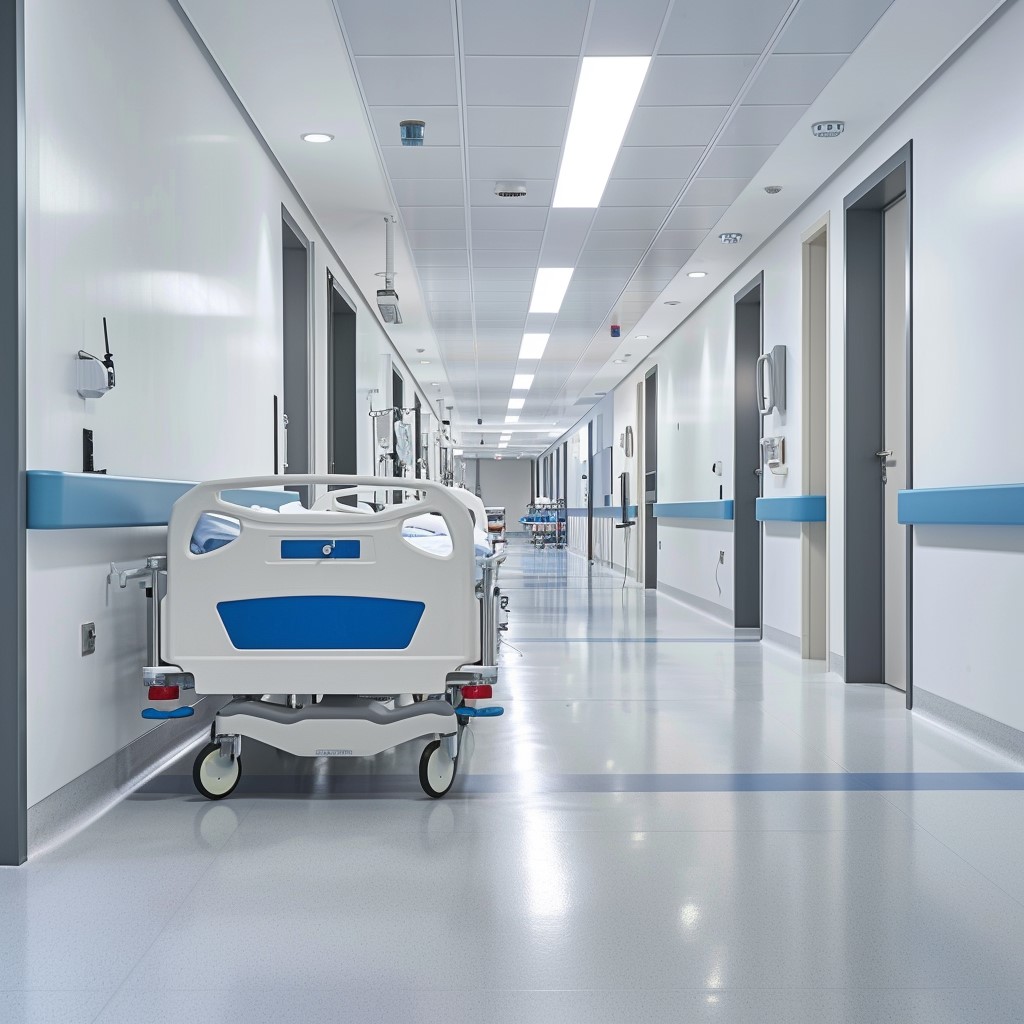
Like other public and professional buildings, hospitals and laboratories experience heavy footfall. Hence, VDF flooring is used in these buildings to cut the cost of regular changes or repairs.
Conclusion
The introduction of Vacuum Dewatering Technology has led to the emergence of VDF flooring in the industrial sector. This technology innovation has changed the heavy-duty architecture altogether. Gradually, the use cases of this technology have grown out of the limitations of the industrial sector, now, it’s being used in public parking, hospitals, malls, apartment buildings and where not. The only competitor VDF flooring has in the market is IPS flooring, which is near to the durability of VDFs while being inexpensive. Till now, VDF floorings have been used in industrial and commercial sectors only, but people have started using them in house parking as well, so if you have a parking area of your own and are looking for heavy-duty flooring, you can try this Vacuum dewatered concrete flooring.
For more design ideas, contact Interior Company, our experts will take you through many efficient contemporary design ideas and help you choose the best one suitable for your needs.
*Images used are for representational purposes only. Unless explicitly mentioned, Interior Company does not hold any copyright to the images.*
Ready for a home transformation?
Let our designers assist you!
Recent Posts
No, VDFs are typically used for commercial and industrial purposes because of their complex process and their characteristics, which may not benefit the interior of a household. It may be used to floor parking of a big house but otherwise, it’s very difficult to execute in a small space considering the size of its machinery.
Yes, compared to other types of flooring VDFs are expensive to lay, but due to their durability and longevity, they reduce the cost of repairs and maintenance in a long term. Basically these floorings are investments.
This is what one would get after vacuuming the concrete slab, which has an optimal water-concrete ratio that is much less than a normal mix.
Related Category
- Exterior Design
- False Ceilings
- Furniture
- Tips and Advice
- Walls and Texture
















